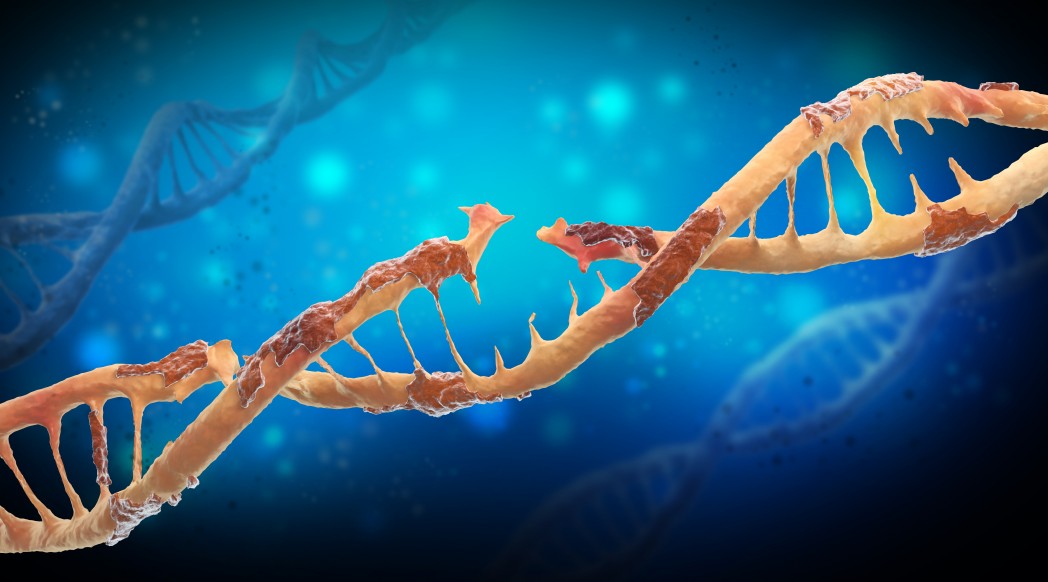Mouse Study Implicates Dysfunctional Mitochondria‐associated Membranes in ALS Development

Researchers at Nagoya University in Japan, in collaboration with several U.S. institutions, suggest that the collapse of the mitochondria‐associated membranes (MAM) is linked to the development of amyotrophic lateral sclerosis (ALS).
Mitochondria‐associated membranes regulate calcium levels, mitochondrial function, and cell death in the body, and have been linked to neurodegenerative diseases.
The study, “Mitochondria‐associated membrane collapse is a common pathomechanism in SIGMAR1‐ and SOD1‐linked ALS,” was published in EMBO Molecular Medicine.
The deterioration and death of motor neurons in ALS, including juvenile amyotrophic lateral sclerosis, have long been associated with genetic mutations, with more than 20 genes identified so far. However, the underlying mechanisms involved in the development of the disease are still unclear.
Recent research has pointed to the possible association between ALS and dysfunctional MAM, which is involved in several cell functions such as lipid synthesis, protein degradation, and energy metabolism. These studies specifically identified a mutation in the MAM-associated gene called Sig1R involved in calcium signaling in ALS cases.
In this study, the researchers focused on the Sig1R gene and its association with ALS to gain a better understanding of the underlying mechanisms.
They were able to identify a new mutation in the Sig1R gene linked to defective MAM in ALS. In particular, they uncovered dysfunctional and unstable proteins related to Sig1R, suggesting an alteration in the mechanism of Sig1R gene function linked to ALS and the presence of MAM in neurons.
To confirm these data in ALS-linked cases, researchers artificially induced a deficiency in the Sig1R gene in mice and tested for the onset of mutant Cu/Zn superoxide dismutase (SOD1) implicated in ALS. They found that the mutant SOD1 increased by almost 20% after the introduction of deficient Sig1R.
The mice with deficient Sig1R showed additional functional abnormalities controlling cellular and physiological processes, including mislocalization of inositol triphosphate receptor type-3 (IP3R3) and lack of MAM-enriched calcium ion (Ca2+) channel.
Specifically, IP3R3 was found abundant in motor neurons, which led to dysregulation in Ca2+ levels and the onset of neurodegenerative processes. This indicates that proper function of MAM is crucial in preventing ALS.
“Our findings indicate that a loss of Sig1R function is causative for ALS16, and the collapse of the MAM is a common pathomechanism in both Sig1R‐ and SOD1‐linked ALS,” the authors wrote. “Furthermore, our discovery of the selective enrichment of IP3R3 in motor neurons suggests that integrity of the MAM is crucial for the selective vulnerability in ALS.”
“These results provide us with new perspectives regarding future therapeutics, especially focused on preventing the MAM disruption for SOD1‐ and Sig1R‐linked ALS patients, and perhaps, sporadic ALS patients,” they added.






